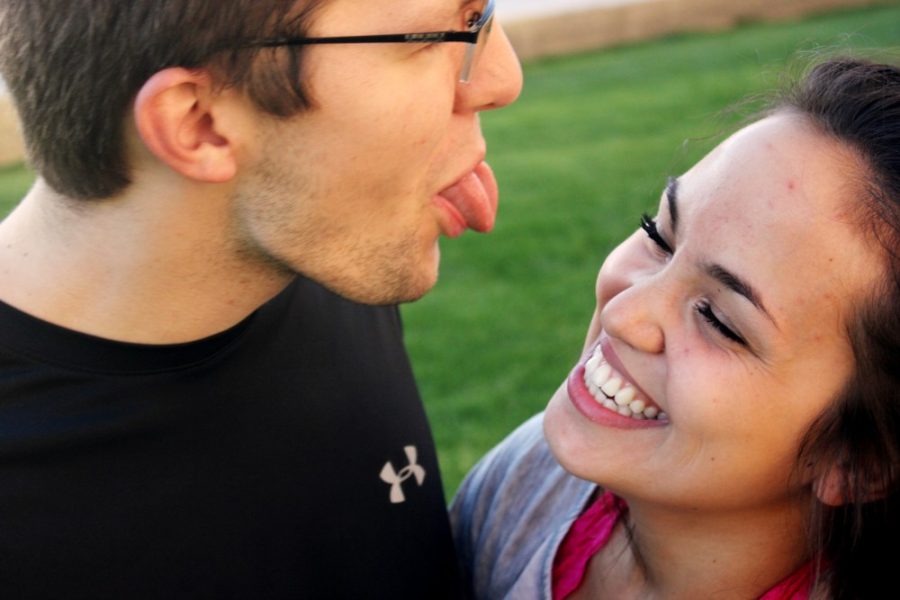It seems like everywhere we turn this month there are relics of romance. Whether it be obnoxiously large teddy bears or a couple cuddling on a bench, it’s obvious something is in the air — but is it love or lust?
“There is no such thing as love at first sight,” said Chris Segrin, head of the UA’s department of communication. Segrin’s research focuses on interpersonal relationships and mental health.
Another group of researchers from Concordia University was able to map the locations in the brain associated with love and lust in a 2012 study published in The Journal of Sexual Medicine. The goal of the study was to better understand the differences between these two states of mind.
The researchers determined that love and lust activate similar networks in the brain, but do so at different locations. This indicates that physical differences between love and lust exist.
“Love is a profound form of psychological attachment to another person with concern for the welfare of that person,” Segrin said. “Lust is more about the self, one’s own desires.”
The Concordia researchers found that love and lust have a specific pattern of activation in the brain that suggests that love grows out of desire. The results of the study suggest that love is an abstract representation of the emotions and pleasure found in desire.
Segrin explained that love takes a long time to build and a long time to dissipate. Feelings of lust, however, have a more rapid onset and can go away just as quickly, he said.
“There isn’t really love, but lust at first sight,” said Samantha Villarreal, a UA physiology senior. “You have to know the other person and be each others’ best friend.”
Novelty plays a key role in lust, according to Melissa Curran, an associate professor in the UA John and Doris Norton School of Family and Consumer Sciences. Curran researches relational sacrifices and commitment.
Feelings of lust are typically more intense in new relationships, but eventually fade as the “newness” wears off, Curran said. It is possible, however, for couples who have been dating for a longer time to regain those lustful feelings, she added.
“One of the best things you can do is create some novelty in your relationship. You can do something different, something adventurous,” Curran said. “You don’t need Valentine’s Day to create novelty in your relationship.”
Although lust is commonly associated with sex, it’s the act of physical intimacy — which can be as innocent as kissing — that is crucial to relationships, Curran said.
This kind of intimacy has health benefits. “Affectionate communication” can result in improved physiological responses to stress, according to a 2009 study led by Kory Floyd, an ASU professor in the Hugh Downs School of Human Communication.
“Lust may bring people together for the short-term, but it’s love that keeps people together for the long haul,” Segrin said. “Your grandparents stayed together for 50 years because of love, not lust.”









